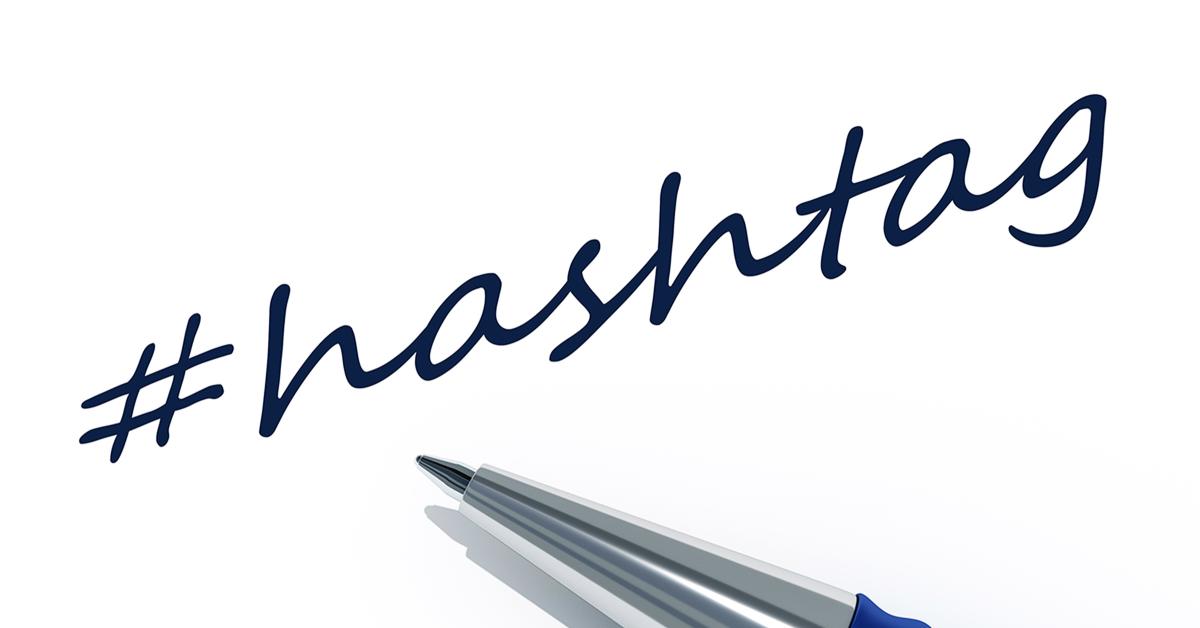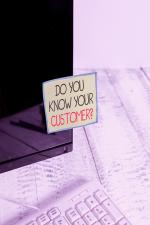CHICAGO — Dry cleaners who are looking for any edge to catch the attention of their target customers know that it can be difficult to do, given the competition for attention in our modern age. On social media, learning to use tools like hashtags can give a business owner a leg up over their competition.
This was the message of “Hashtags: Everything You Need to Know,” a webinar hosted by the Drycleaning & Laundry Institute (DLI) and presented by Rechelle Balanzat, CEO and founder of Juliette, a dry cleaner located in New York City. Prior to owning Juliette, Balanzat launched a social media agency in 2009, and was hired by companies to train them on how to leverage and integrate social media into their marketing and communication strategy.
In Part 1 of this series, we examined what hashtags are in social media, how they work and what they can accomplish. In Part 2, we looked at how business owners can determine what makes them special, and what many consider to be the pinnacle of social media — going viral. Today, we’ll conclude this series by exploring how to use hashtags to connect with customers and track how well those hashtags are performing.
#CreatingHashtags
There are general hashtags that dry cleaners should be using, Balanzat believes, and then those that should be unique for your business.
“There are hashtags that I always use in the majority of my content,” she says, “whether it's for fashion, or laundry or dry cleaning or entrepreneurship.” These hashtags include:
#SmallBusiness
#SupportLocal
#ShopSmall
#DryCleaning
#Laundry
#LaundryRoom
#Cleaning
#LaundryDay
#DryCleaners
#DryClean
#Clean
Then, since platforms like Instagram actually allow up to 30 hashtags per post (although studies have found around 11 is the “sweet spot”), Balanzat suggests that dry cleaners look to their customer base when generating unique hashtags.
“If you know that a lot of your customers are lawyers, or animal lovers, or gardeners, you can post that type of content and use those types of hashtags,” she says. “And those people will find you organically and then they will give you business.”
Balanzat also encourages dry cleaners to be playful with their hashtags to connect with their audience.
“Choose a phrase that is not associated with another brand to ensure that your hashtag is unique,” she says. “Some of the phrases that we use at Juliet are #DareToBeDirty, #TheDirtierTheBetter or #GiveItToMe. All of these things are playful, and they're risque, but they're memorable. People laugh or snicker, but then it's top of mind. And that's really the point of a hashtag is to just sort of make an impression. It's the one thing that tells them to remember you versus ‘just’ dry cleaning.”
She also believes that business owners shouldn’t simply use hashtags for the sake of it.
“Really think about the intention of this hashtag,” she says. “Are you simply trying to build an audience? Are you trying to promote a new service? Are you trying to promote a new location, a new feature, or a discount? Hashtags serve specific purposes, and they are effective if you know how to use them to serve your needs.”
#UsingAndTracking
So, how should a business owner get their hashtags out into the world to get things started?
“There are various ways to promote your hashtags,” Balanzat says. “You can simply add it to the bottom of your receipt. You could add it if you have an email blast. If you know that your customers are already taking photos and posting about how awesome your businesses are, you can ask them to include that hashtag in every post. You can simply print out a little postcard with your hashtag and put it by your POS or by your register. If you offer pickup and delivery, you can put it on the side of your vehicle.”
Getting these social media bugs out into the world in various ways can help them gain traction, Balanzat says: “There are many ways that you can integrate hashtags into your overall advertising, marketing and strategy without having to really break the bank, or without having to think that it's difficult or overwhelming.”
When it comes to tracking how effective hashtags are, most platforms have tools for finding this information.
“On Instagram, if you click on ‘Post insights,’ it will tell you how many views you're getting from the hashtags,” Balanzat says. There are also companies like Hootsuite and HubSpot that aid in scheduling and posting, and have analytics tools to tell you how well your hashtags are performing.
Balanzat believes that it’s especially important to see how the hashtags are performing.
“If you're using hashtags that aren't effective, you're just wasting space,” she says. “You're not getting eyeballs, and people are not discovering your content. And the whole point is for eyeballs to land on your content.”
It’s also vital to keep things fresh for the health of your social media efforts.
“You can experiment,” Balanzat says. “If you find that you are getting more views, great. If you find that the hashtag isn't working, then it's a learning experience, and you know not to use that hashtag again.”
Balanzat ended her presentation with a challenge for drycleaners to kick things up in their social media and hashtag efforts.
“So now it's your turn,” she says. “You can brainstorm and think of fun ways that you think makes your company, your brand, or you special, and you can jot those words down. Start thinking about how to create fun hashtags to engage your community. Then you can come up with a tagline, and you can come up with a call to action. It can be a lot of fun.”
For Part 1 of this series, click HERE. For Part 2, click HERE.
Have a question or comment? E-mail our editor Dave Davis at [email protected].































































